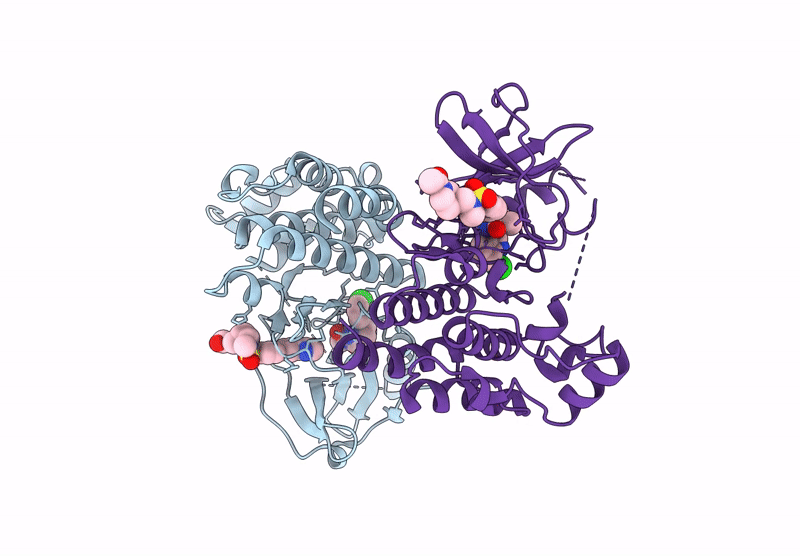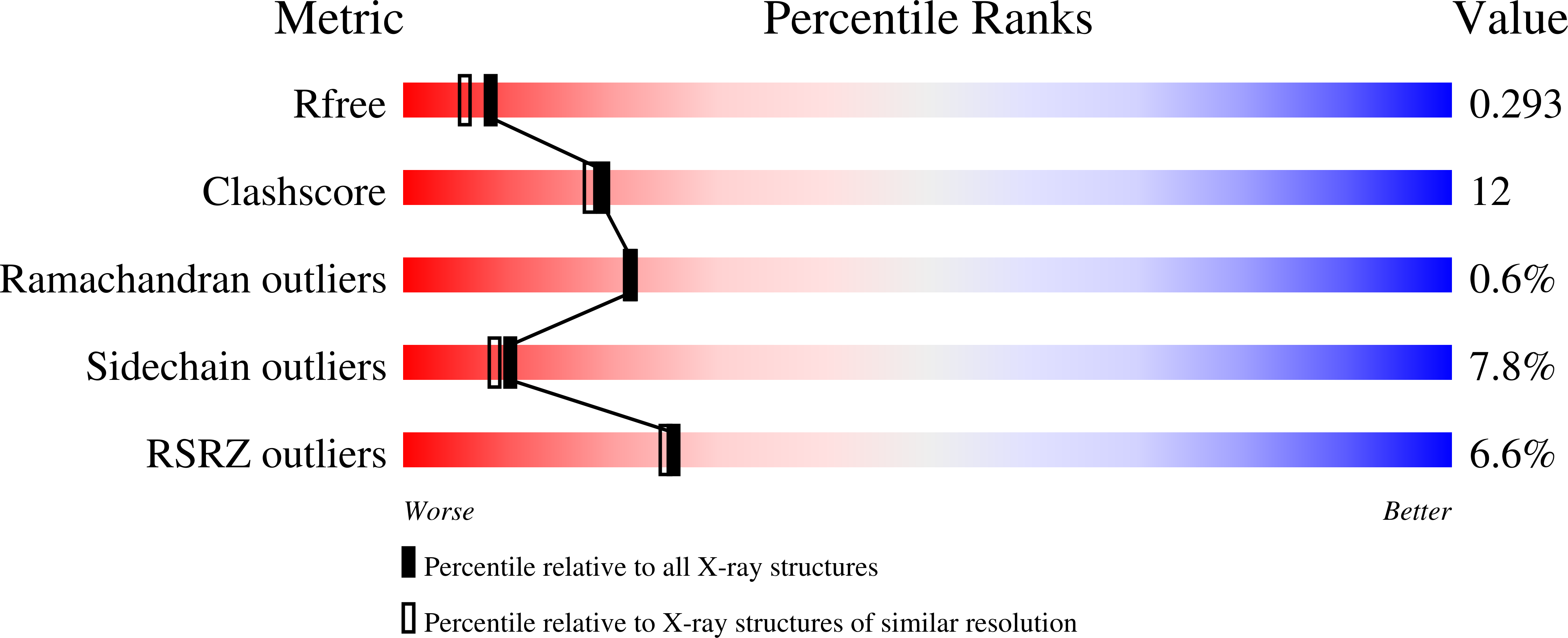
Deposition Date
2024-09-17
Release Date
2025-07-02
Last Version Date
2025-07-02
Method Details:
Experimental Method:
Resolution:
2.25 Å
R-Value Free:
0.29
R-Value Work:
0.21
R-Value Observed:
0.22
Space Group:
P 21 21 21


